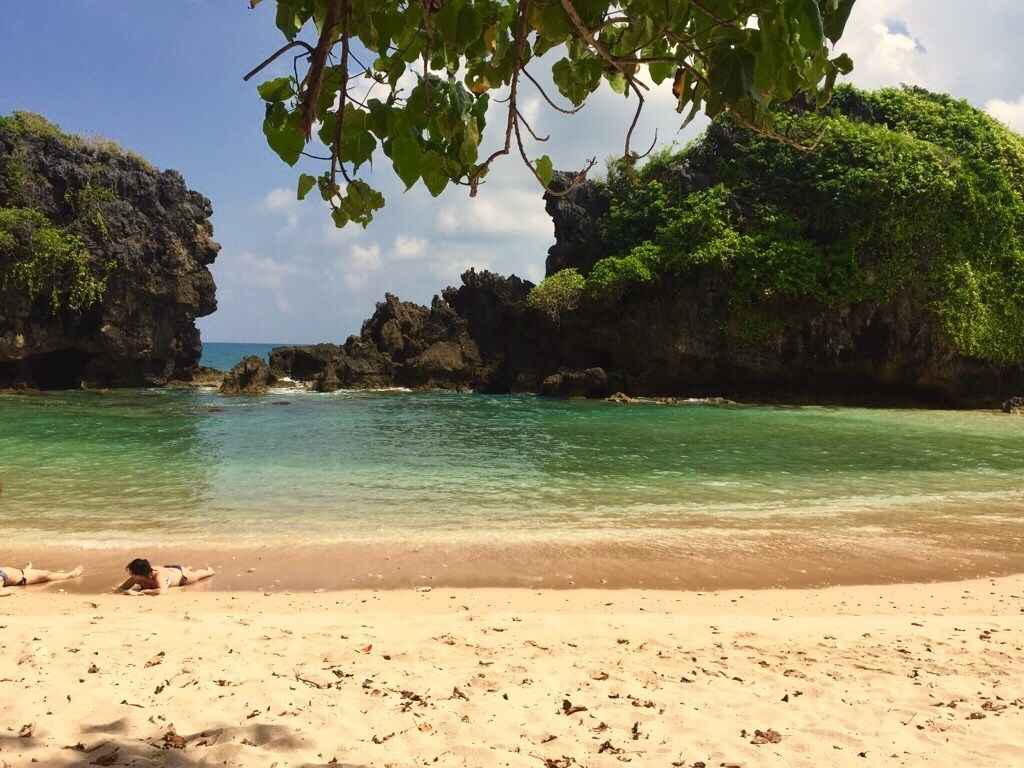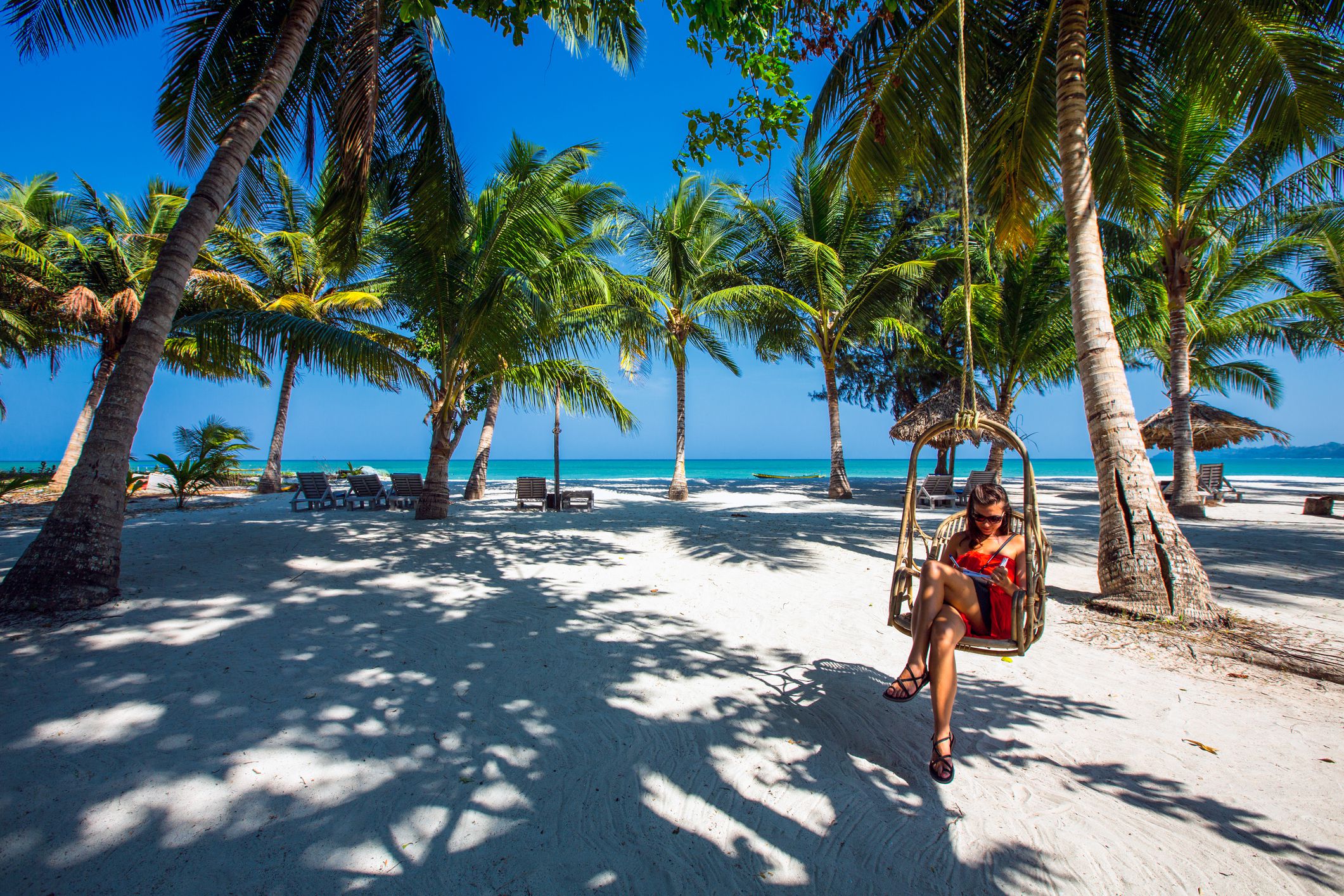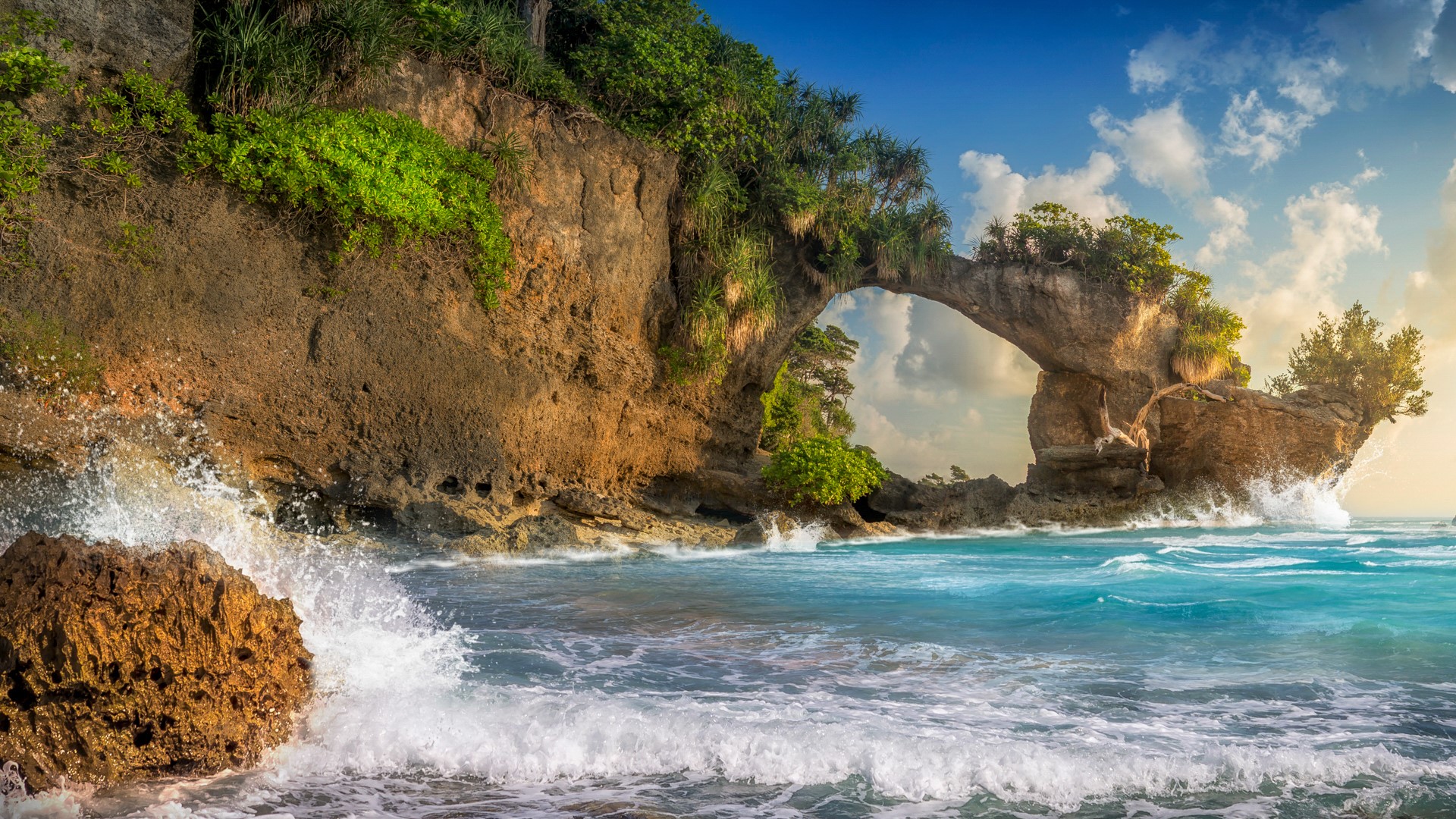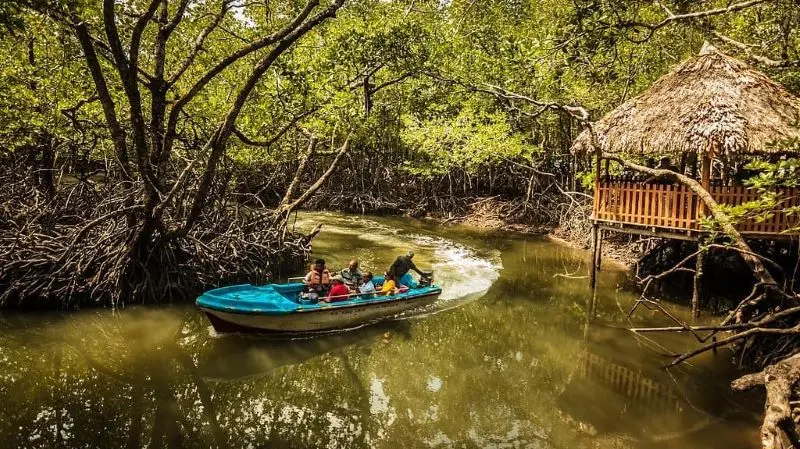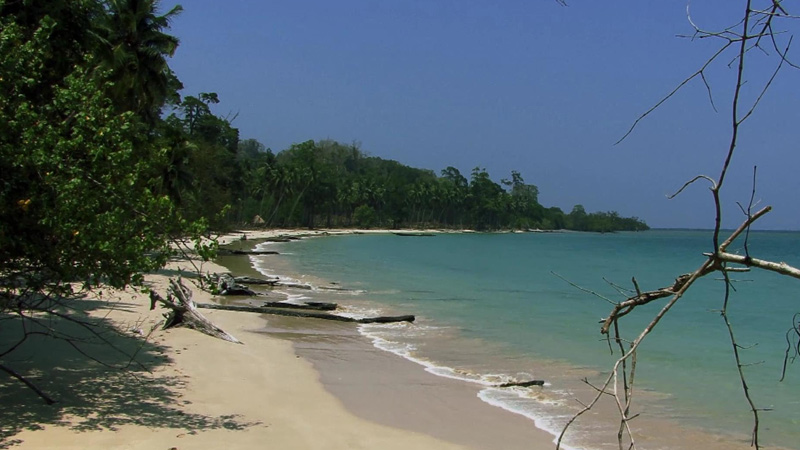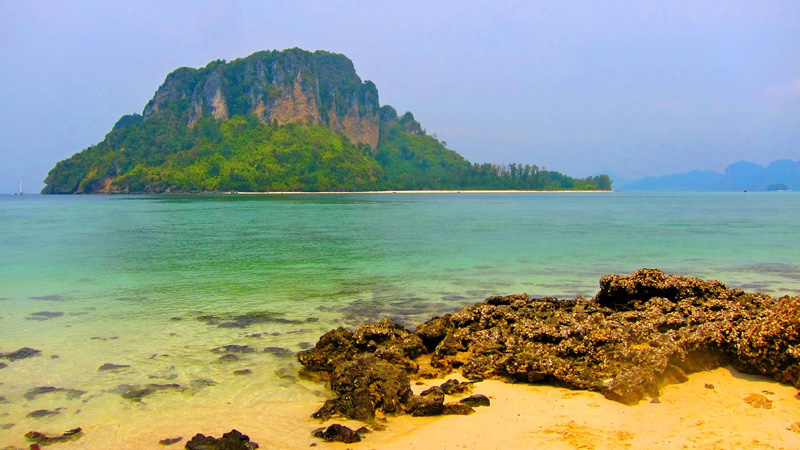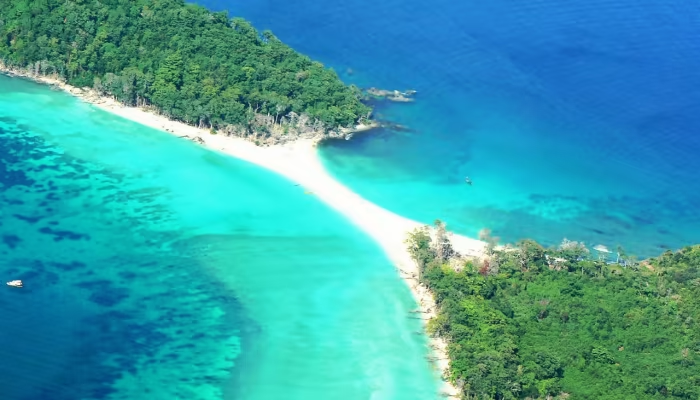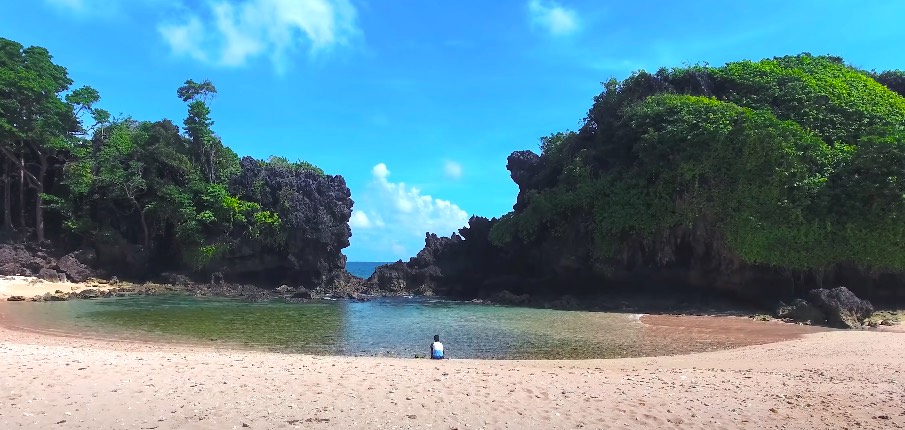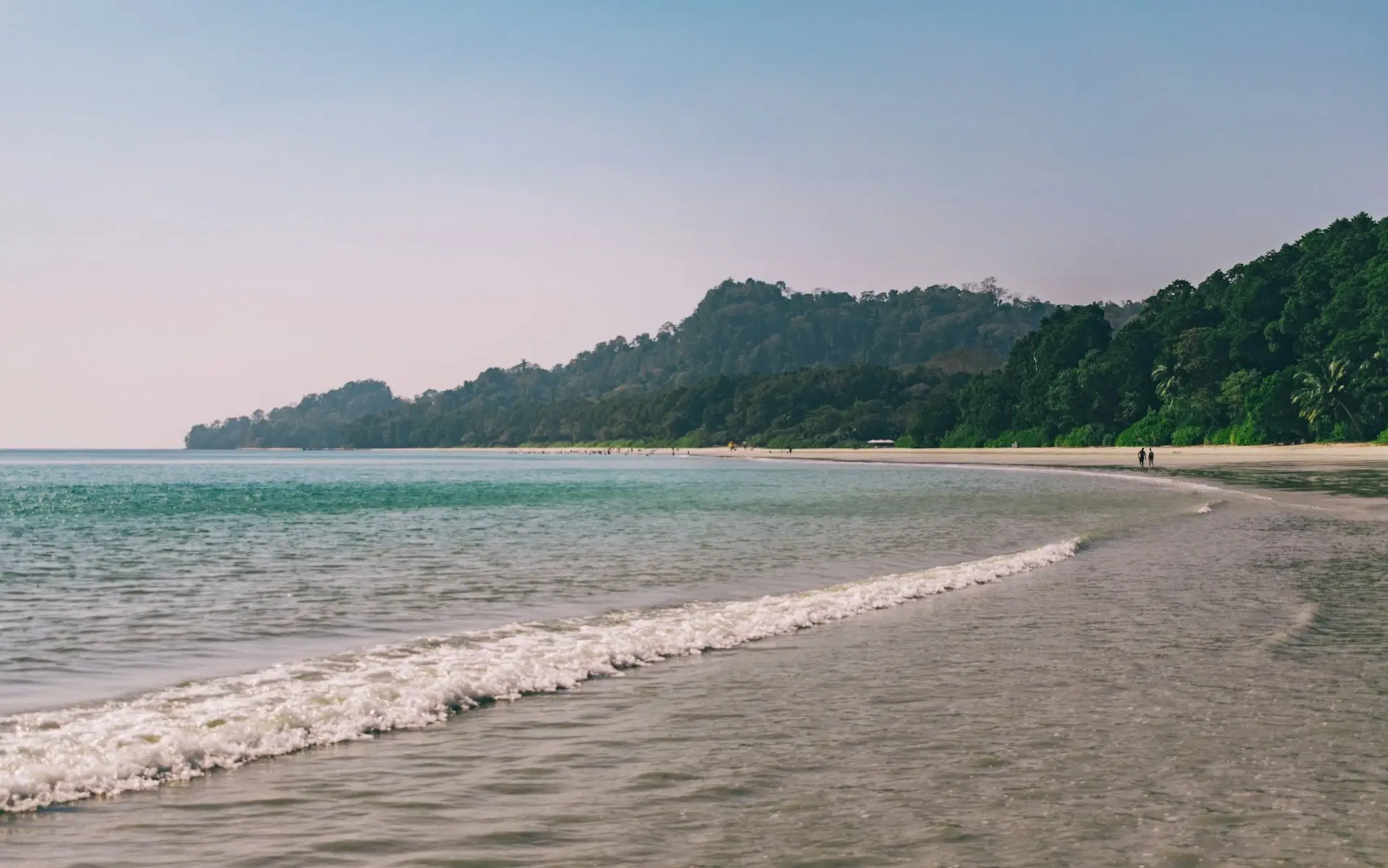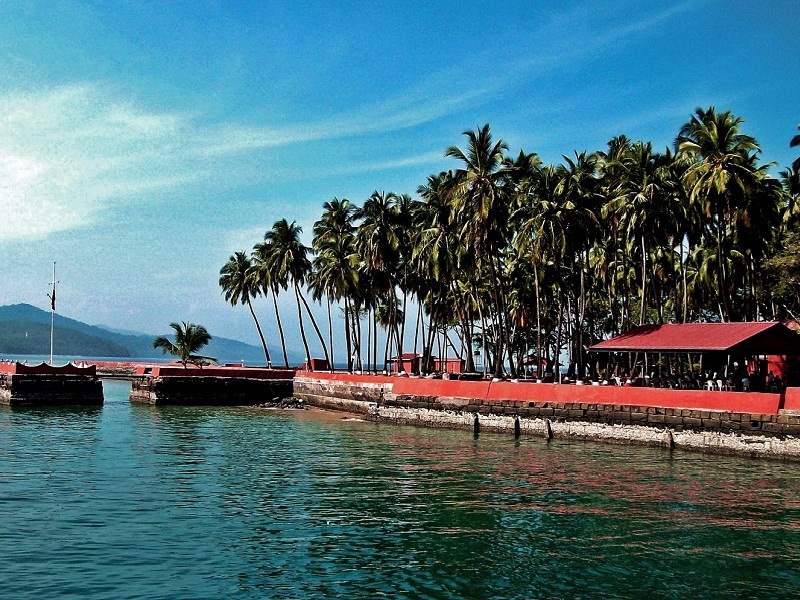Chatham Saw Mill
Chatham Saw Mill, Andaman The Chatham Saw Mill is one of the oldest and largest sawmills in Asia, located on Chatham Island in Port Blair, Andaman. Established in 1883 by the British, this historic sawmill played a crucial role in supplying timber for various construction projects during the colonial era. Today, ...
it stands as a prominent tourist attraction, offering visitors a glimpse into the island’s rich history and its once-thriving timber industry. The sawmill is still operational and processes different varieties of wood, including the famous Padauk wood, known for its durability and deep red color. Visitors can witness the large-scale cutting, seasoning, and processing of logs, giving them a firsthand experience of the working of a traditional sawmill. One of the key attractions of Chatham Saw Mill is its Forest Museum, which displays an impressive collection of wooden artifacts, furniture, and carvings made from indigenous Andaman timber. The museum also showcases historical photographs and models that depict the rich biodiversity and forest conservation efforts in the Andaman and Nicobar Islands.
Chatham Saw Mill
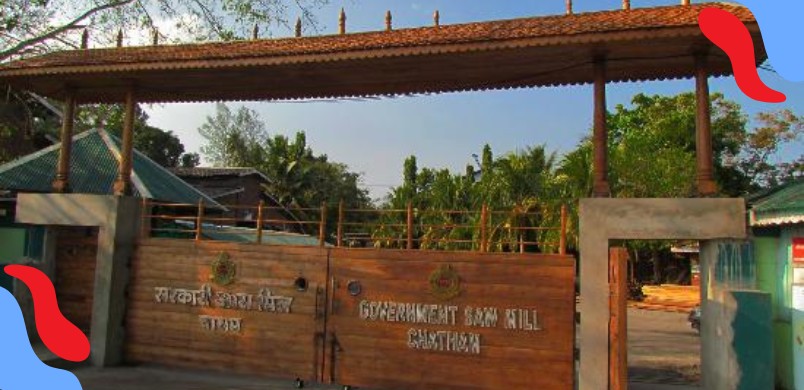 The Chatham Saw Mill is one of the oldest and largest sawmills in Asia, located on Chatham Island in Port Blair, Andaman.
The Chatham Saw Mill is one of the oldest and largest sawmills in Asia, located on Chatham Island in Port Blair, Andaman.
Another important historical aspect of the mill is its role during World War II. Chatham Island was heavily bombed by the Japanese in 1942, causing significant damage to the sawmill. A section of the bombed site has been preserved to remind visitors of the island’s wartime history.
Easily accessible from Port Blair via a small bridge connecting Chatham Island to the main city, the Chatham Saw Mill is a must-visit destination for history lovers, nature enthusiasts, and anyone interested in learning about Andaman’s forestry and woodcraft heritage.
Categories

Request a call back
Our experts would love to create a package just for you!







